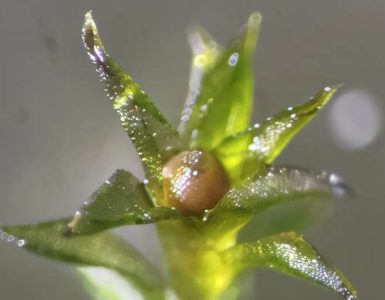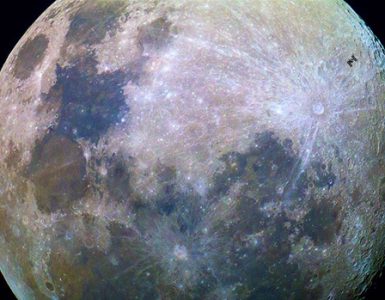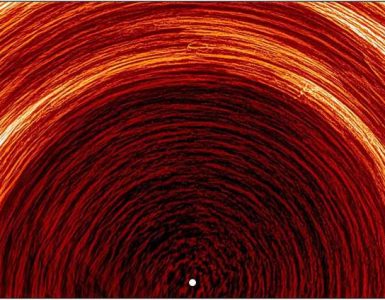NASA will begin a new series of hot fire testing Dec. 14 at Stennis Space Center near Bay St. Louis, Mississippi, to support production of future RS-25 engines to help power the Space Launch System (SLS) rocket on Artemis missions to the Moon and beyond.
The hot fire test, which is expected to run for 500 seconds, will be livestreamed on NASA Stennis Space Center Facebook and YouTube pages beginning shortly prior to ignition. The test window is set to open at 2 p.m. CST.
The initial single-engine hot fire, known as a confidence test, is designed to confirm all is ready to proceed with a series of certification tests early next year on a full RS-25 certification engine.
“It is exciting to return to hot fire testing at the historic Fred Haise Test Stand and get back to the business of testing for future Artemis missions,” said NASA Stennis RS-25 project manager Chip Ellis.
The test will provide initial data to aid NASA and lead SLS engines contractor Aerojet Rocketdyne as the company prepares to begin production of new RS-25 engines to power future Artemis missions to the Moon and eventual journeys to Mars. For each SLS flight, four RS-25 engines, along with a pair of solid rocket boosters and core stage, help power the rocket at liftoff. NASA and the company modified 16 of the engines remaining after the Space Shuttle Program for use on Artemis mission I through IV. The upcoming series of testing is for the RS-25 engines that will be used beginning with Artemis V.
The confidence hot fire test is expected to run about eight-and-a-half minutes (500 seconds) the length of time engines must fire during an actual flight. The engine will operate up to 111% power level, the same level needed to help power SLS, for most of the test. It will briefly throttle down to 80% before boosting back to 111%, then slowing down again to conclude testing.
Future RS-25 engines will feature a range of new components, most of which are installed for the Dec. 14 hot fire. The upcoming certification test series will validate the overall engine design and how these new engine features perform together.
“We’re looking forward to this upcoming hot fire test to verify our design but also to ensure we have the most robust engine possible,” said Andy Ketchum, Aerojet Rocketdyne’s RS-25 test and flight operations manager. “The December 14 engine test is focused on evaluating how components like the new powerhead, low-pressure oxidizer, and fuel turbopumps perform together before we add the new nozzle and controller into the mix.”
The end-of-year hot fire marks a return to RS-25 testing at Stennis since NASA completed its developmental test effort in March. Developmental work included several test series to collect data for Aerojet Rocketdyne as the company modernizes manufacturing processes and reduces production costs of new RS-25 engines.
The Dec. 14 test also follows multiple upgrades made in recent months to the Fred Haise Test Stand. The projects included installation of new test stand piping, drilling a special flame bucket hole pattern to help cool RS-25 engine exhaust, and updating the stands thrust vector control and data acquisition systems.
Every RS-25 engine that will help power the SLS rocket at launch for Artemis missions will be tested at Stennis, including those that will send the first woman and the first person of color to the Moon.
Read more at Nasa.gov





